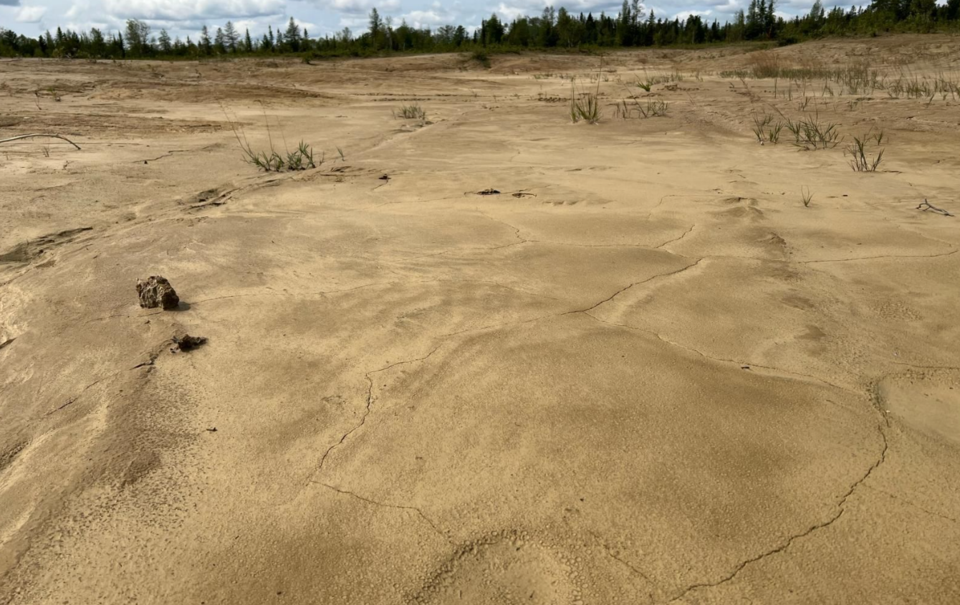KIRKLAND LAKE - Gold-enriched tailings piles left behind by two historic mining operations outside Kirkland Lake has attracted a United Kingdom-based company promoting the idea of sustainable mining.
Fulcrum Metals wants to dive into the tailings piles of the historic Teck-Hughes and Sylvanite mines to extract gold contained in the granular waste piles on the surface and eventually remediate the sites.
The small company, listed on the London Stock Exchange, sees an immense opportunity to really clean up, in converting waste into cash and also remediate abandoned and managing tailings sites and ponds across the northeast, particularly in Kirkland Lake and Timmins.
Their starting point is Kirkland Lake where the company has acquired the Teck-Hughes and Sylvanite tailings properties, two kilometres and five kilometres, respectively, north of town.
Teck-Hughes produced 3.7 million ounces between 1917 and 1968. Sylvanite produced 1.67 million ounces between 1927 and 1961.
At both sites, Fulcrum estimates more than 200,000 ounces of gold on the surface, but those numbers will require some vertfication with a proper gold resource estimate and a 43-101 technical report.
The company is sampling the ground at Teck-Hughes and doing off-site testing of the collected material with a U.S. technology partner, Extrakt Process Solutions, using a non-toxic leaching gold extraction process that so far has yielded encouraging gold recovery rates. .
Initial testing of Teck-Hughes material, Fulcrum said, shows a gold recovery rate of 59.4 per cent, a benchmark which they hope to improve upon.
“To put this into context,” said Fulcrum CEO Ryan Mee in a news release, “historic leach testing work at Sylvanite reported approximately 30 per cent recovery rate using direct cyanide leaching.”
The two companies are discussing a technology licensing agreement to apply the process on gold tailings reprocessing northeastern Ontario.
Fulcrum sees gold extraction in Canada as an opportunity to secure a piece of ground in a multi-billion-dollar market. The federal government views clean-up of active and historic mine waste as a growing environmental liability. Natural Resources Canada estimates mine waste in this country contains more than $10 billion of precious metals value.
Originally listed in February 2023, Fulcrum began as a pure exploration player with gold assets in Timmins and some uranium property in Saskatchewan until it identified the opportunity to recover gold from tailings in the Kirkland Lake camp where there’s been gold mining for more than 100 years.
Fulcrum is optioning off its uranium assets and is putting its focus on reprocessing tailings.
The company said it intends to map the sites to determine the scale and the amount of gold on the properties by using drones, ground-penetrating radar and LiDAR to establish a resource and devise a plan on how to extract the gold.
During a recent August site visit, company management began their engagement with local communities and area First Nations, most notably Matachewan and Beaverhouse First Nations to discuss their plans to remove heavy metals, and clean up the sites to possibly repurpose them. .
“It was a pleasure to meet the chiefs and people from the First Nation groups,” said Mee in a statement, “and I would like to thank everyone for their hospitality, interest and positivity towards what Fulcrum is seeking to achieve. I look forward to continuing our dialogue, developing our relationships and exploring partnership opportunities in the future."
